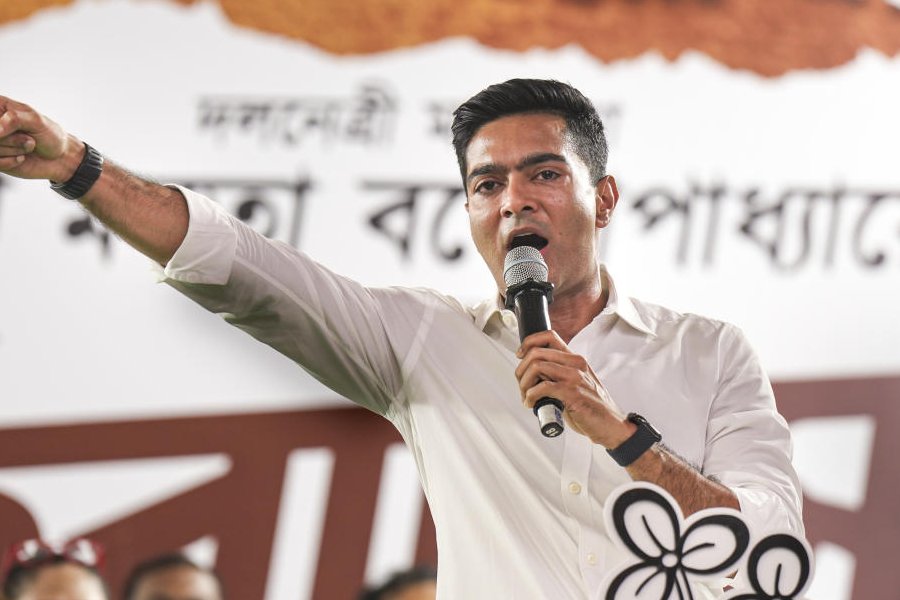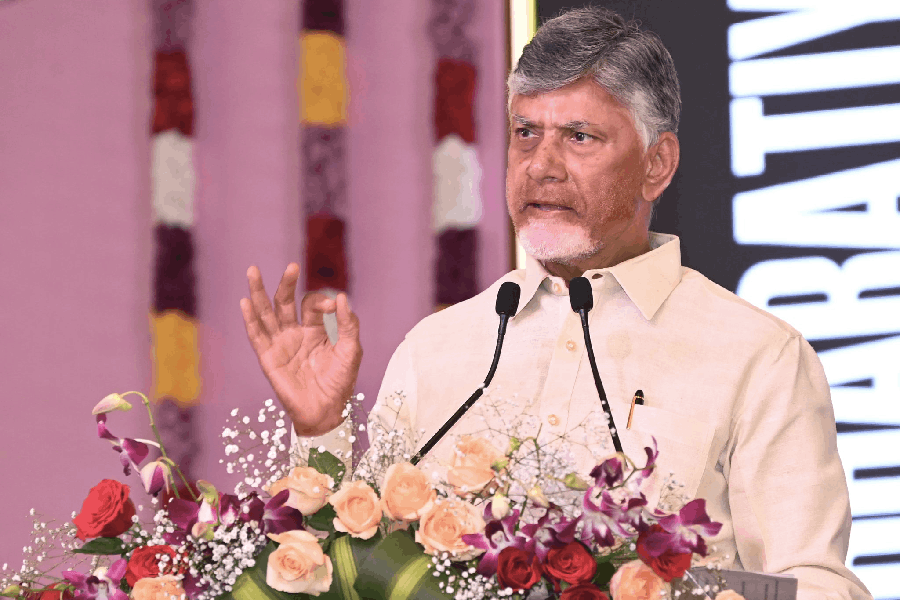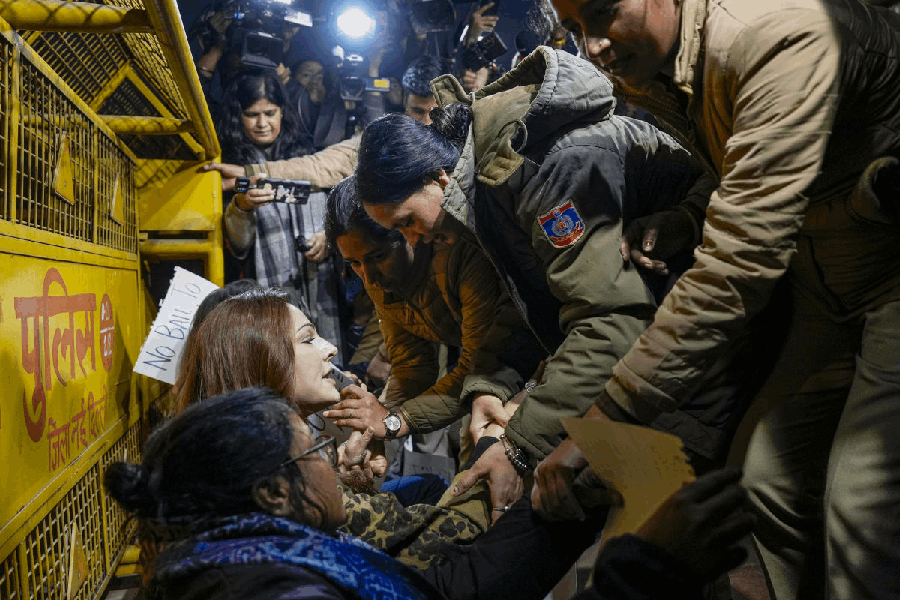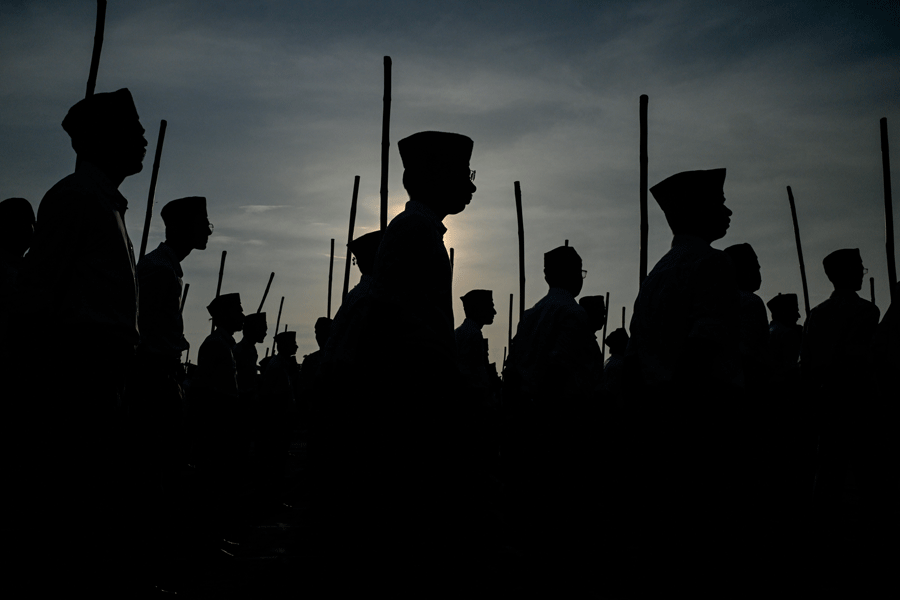When Orissa became a separate province in 1936, Sir John Austen Hubback, a British civilian and a distant relative of Jane Austen, was appointed its first governor. Hubback was no stranger to the newly-created province. In fact, he was intimately associated with Orissa for 15 long years. Even before he assumed the office of the governor of Orissa, the first volume of the monumental Oriya dictionary, Purna Chandra Ordia Bhasakosh, had been dedicated to Hubback.
In 1929, as commissioner of the Orissa Division, Hubback signed an agreement between France and India relating to the lease of the French Loge in Balasore. The agreement was concluded under the auspices of the League of Nations.
He was the president of the Banking Enquiry Committee for Bihar and Orissa. Two longish entries on Hubback in the Bhasakosh bear testimony to the affection and esteem which Hubback inspired in members of the Oriya elite. From these we learn that on November 18, 1939, he chaired a session of Utkal Sahitya Samaj, where Dr Mayadhar Mansingh, who had just returned from England after completing his research at a university there, gave a lecture on ‘Orissan Art from a Western Perspective’.
In February 1940, he granted financial assistance to Gopal Chandra Praharaj’s dictionary project. Under his patronage, Orissa Academy was founded in Cuttack for the improvement of agriculture in Orissa. He made a special effort to supply Oriya books to London College of Oriental Studies. His wife, Lady Bridget Hubback, collected Rs 17,000 and with this money got a building constructed for Orissa Women’s League of Service. Hubback did not confine his acts of generosity to institutions only; he gave Rs 150, at that time a considerable sum of money, to notorious dacoit Bihari Nayak when the latter set up a jewellery shop in Cuttack after serving 20 years in jail.
All this would naturally lead one to expect that Hubback’s unpublished memoirs kept in the custody of Cambridge University, his alma mater, would be a source of useful insights into Orissan affairs in the years leading to independence. One would also expect to find in the 70 or so typed pages, in which corrections have been made by Hubback himself with a pen, a warm personal response to a world with which his involvement was apparently so intimate.
Hubback’s memoirs inevitably invite comparison with the reminiscences of another British civilian, John Beames, whose Memoirs of a Bengal Civilian presents a vivid and lively portrait of Orissa in the second half of the 19th century. In fact, Hubback himself is acquainted with Beames’ book and refers to a hilarious incident recorded in it.
However, Hubback’s memoirs suffer in a comparison with Beames’s riveting account of the years he spent in Orissa. He was no scholar like the latter though he certainly had a scholarly temperament. In every respect, he was a conformist, a career civil servant whose loyalty to the empire was unquestioning and absolute whereas Beames was a rebel within the establishment and paid a heavy price for his acts of rebellion and irreverence towards his superiors whom he considered intellectually inferior. His boundless curiosity about an alien culture and his determination to understand its nuances lend his reminiscences depth and vitality. By contrast, Hubback’s is a dry-as-dust narrative which rarely, if ever, rises above mere competence. The touches of wry humour fail to breathe life into a complacent and narcissistic account of official visits, meetings and dinners and parties. Hubback, in spite of himself, reveals the mindset of the representative of an empire on the defensive, who is unwilling to face the reality of its own imminent demise.
The tone of voice, which Hubback adopts throughout the narrative, written years after India won independence from British rule, is rather patronising and amusing.
He reserves a tone of mild contempt for Indians, especially Gandhi, unless they happen to be educated at English public schools.
Few Oriyas impress him with their worth or ability and only a few kings of the feaudatory states receive his mild approval. One of these kings donated a fighter plane named after Hubback to the British government during the Second World War and another invited him to play a cricket match during which the ‘the applause, or possibly the cries of disapproval from the spectators were supplemented by the roar of caged tigers’.
Among the leaders of Congress in Orissa, only in Nityanand Kaungo he finds ‘an able and attractive young man’. So unfavourable was his opinion of notables in Orissa at the time that he found no one among them suitable to be members of his advisory council. The landscape of Orissa, on the whole, leaves him cold and undazzled although a scene here and there in the garjats reminds him of a Swiss lake.
Two incidents narrated by Hubback with characteristic nonchalance indicate the gulf that separated Beames’ India from the one Hubback had to deal with.
Beames served the empire at a time when it felt most secure and self-confident whereas Hubback was face-to-face with a defiant and rebellious India awakening to Gandhian protest. Biswanath Das drove Hubback to exasperation not simply because the latter found him difficult or less than competent but because he did something no Indian would have dreamt of doing in Beames’ India.
When Hubback applied for long leave he wanted John Dain, an ICS officer and the then chief secretary of the province, to take over as governor. Biswanth Das, the prime minister of the province, stubbornly refused to serve under a subordinate elevated to the position of the governor.
Things came to such a pass that Hubback had to cancel his leave and John Dain took voluntary retirement to escape embarrassment.
An act of nationalist self-assertion is presented by Hubback as an act of petulance on the part of power-loving Congressmen. The murder of Bezelgette in the hands of a mob in a feudatory state is also seen as a regrettable criminal offence, not as symbolic of winds of change sweeping through colonial India.
However, for all its limitations, Hubback’s unpublished memoirs do repay close reading because they tell us how Orissa looked like from the perspective of a loyal servant of the empire before the sun finally set over it.
The author teaches at Utkal University











